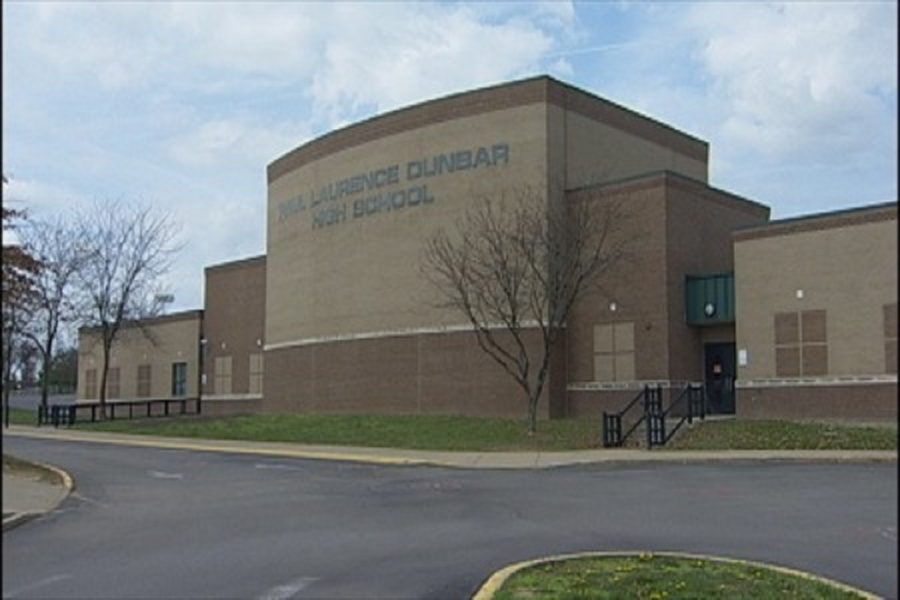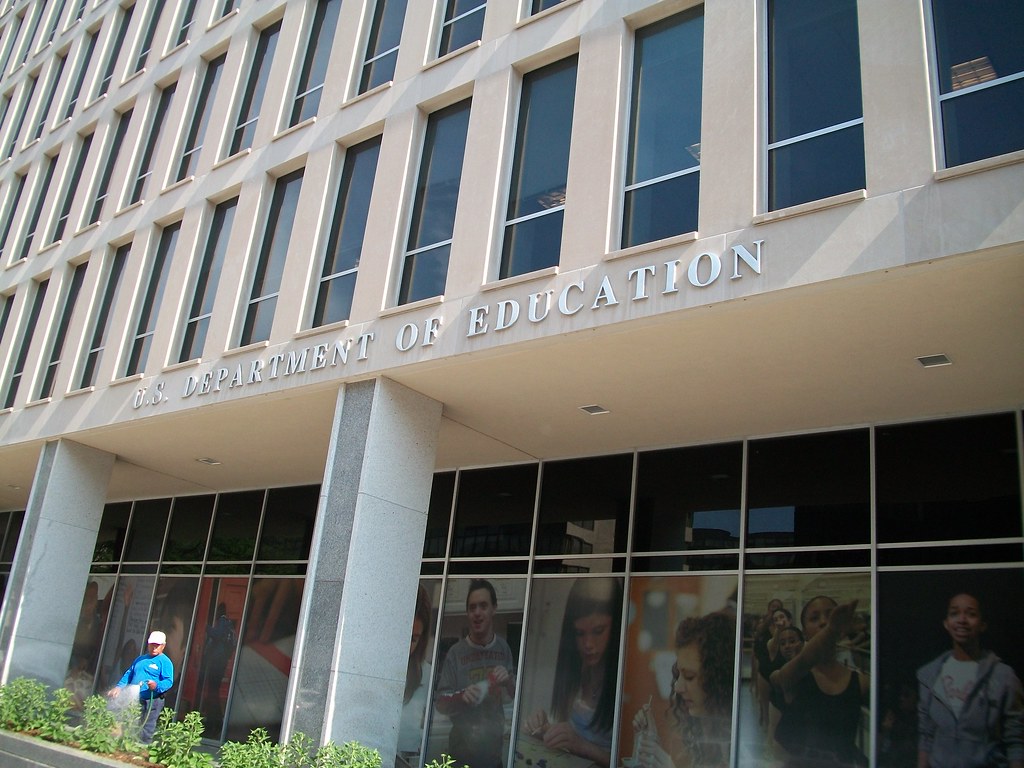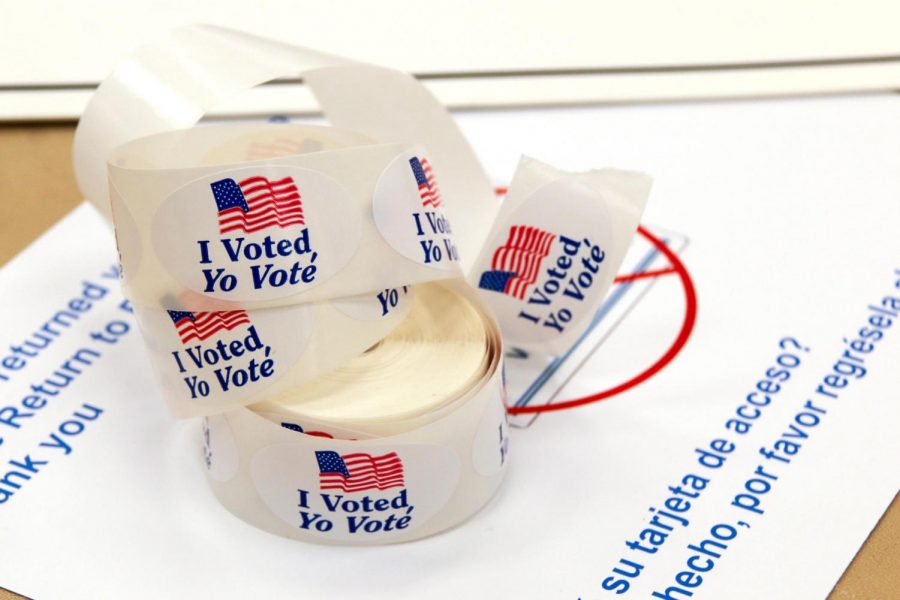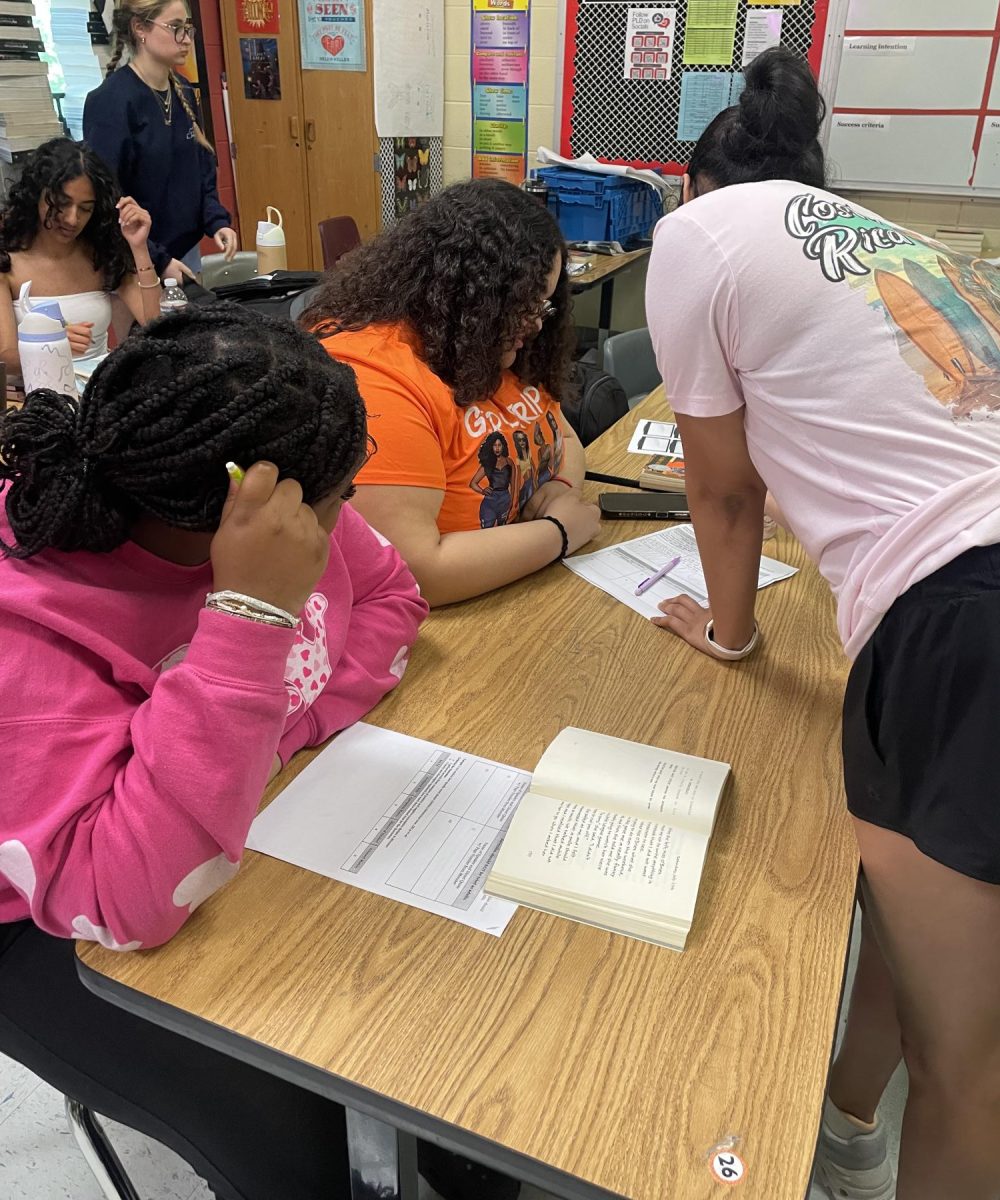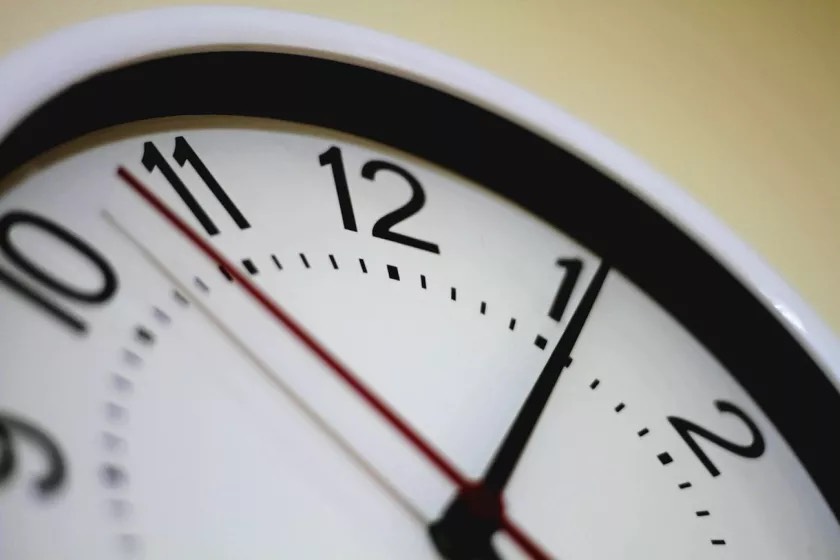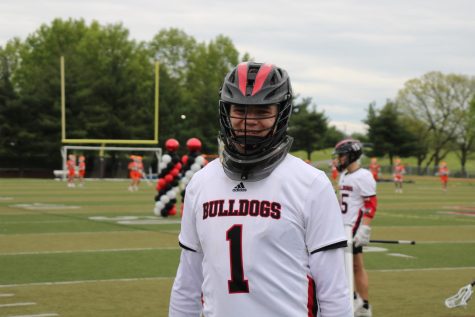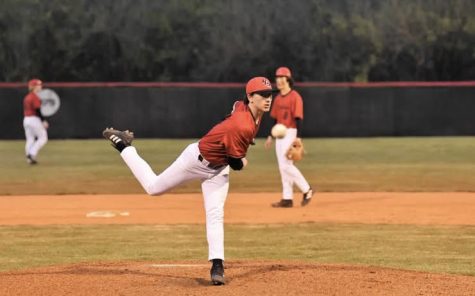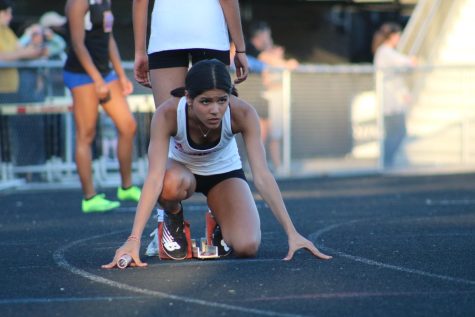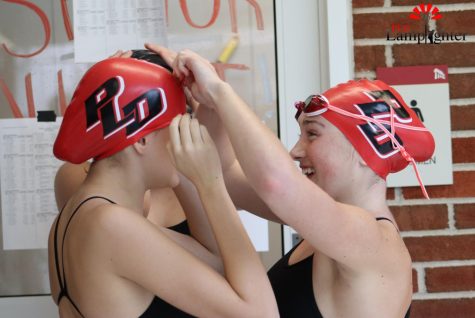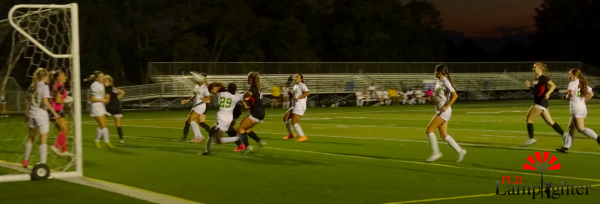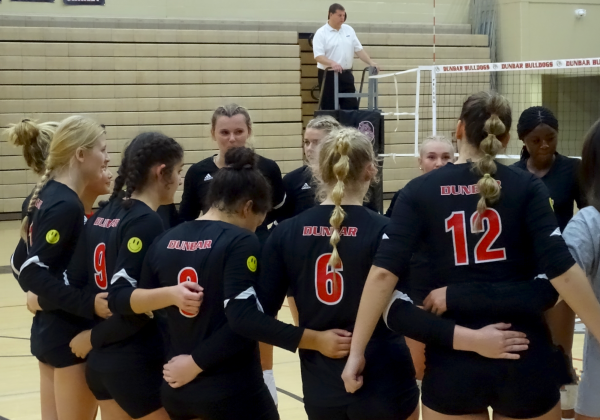Pay The Players
In 2015, Division 1 schools made $9.15 billion dollars off of athletics. This revenue was generated by unpaid kids from the ages of 18 and 23, but they never got a cent of it. Well, there is one exception to this. College Basketball is currently under an FBI investigation for teams paying players to come to a university and changing their grades to keep them eligible.
The main argument the NCAA uses to justify not paying their main money makers is that some athletes are given scholarships, room, and board, but what the NCAA doesn’t make prevalent in these arguments is that scholarship athletes are not allowed to work a job that pays over $2000 a year. In a minimum wage job that’s 275 hours a year. The average part-time employee works 34 hours a week. With the restrictions placed on athletes, they can only hold a job for 8 weeks, being paid minimum wage. But, the average part-time job pays $9.61, $2.36 more than minimum wage, dropping the number of hours able to work to 208 and the number of weeks to 6.
Most athletes report not having enough time to handle the pressures of both school and sports, but the NCAA expects that any money they get comes from their parents or from a job that athletes don’t have time to hold. And, unfortunately for most athletes, their families don’t have money to send them.
But there is an easy solution to all of this: Pay the players.
If the NCAA would allow schools to give scholarship athletes $50 a week they would only make $700 more a year than what they are currently allowed, only this way they would actually have the time to earn it.
Doing this would also eliminate the FBI investigation, for the most part. The main issue the FBI is looking into is the paying of athletes and if the NCAA allowed some payment for these kids the FBI investigation isn’t needed.
When it comes down to it, it just makes sense that the Athletes should see a little of the money they’re bringing the schools they wear across their chest.
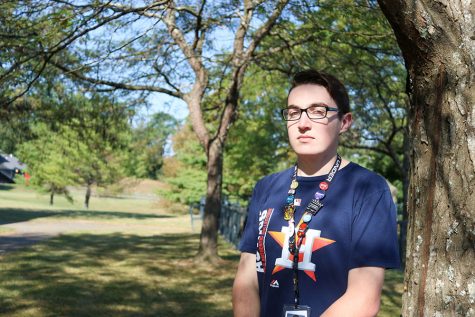
My name is Mike Marshall and this is my third year on the PLD Lamplighter staff. In my first year, I was a staff reporter and mostly kept up with schedules...



